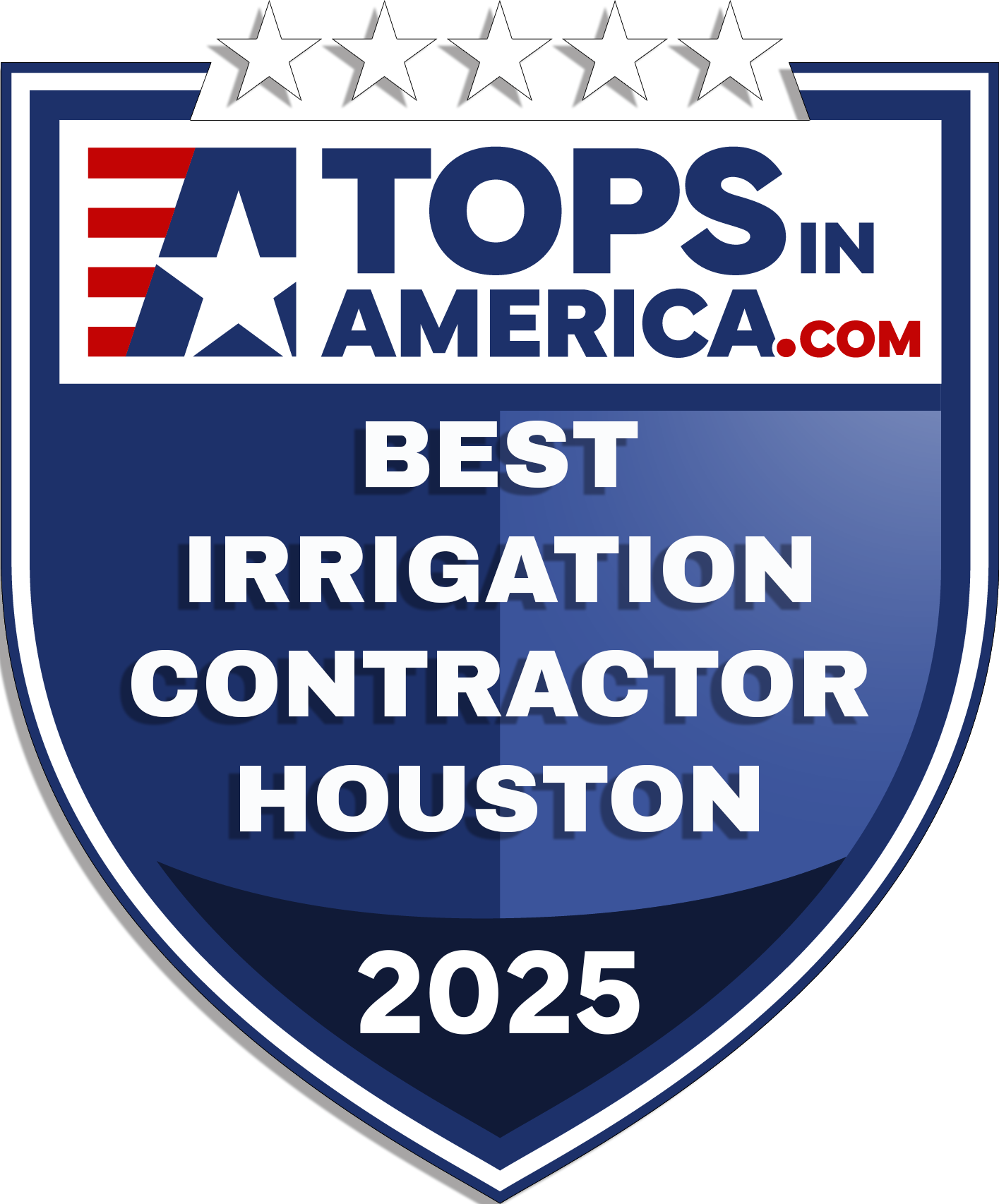How To Inspect A Sprinkler System
Maintaining a well-functioning sprinkler system is key to ensuring your lawn and garden remain lush and healthy. Regular inspections can help you catch issues early and save water and money in the long run. Follow this step-by-step guide to thoroughly inspect your sprinkler system.
Step 1: Visual Inspection of the System
Before turning on the water, walk around your garden and examine all visible components of your sprinkler system.
- Check for Damage: Look for visible signs of damage on sprinkler heads, valves, and pipes.
- Clean Heads: Remove any dirt or debris that may be clogging the sprinkler heads.
- Check for Obstructions: Ensure that plants or other objects are not obstructing the sprinkler heads.
Step 2: Test the Pressure
Water pressure is essential for a sprinkler system to function correctly.
- Pressure Gauge: Attach a pressure gauge to an outdoor faucet near the sprinkler system. Turn on the faucet and note the pressure reading, which should match the recommended operating pressure for your system.
- Check for Variation: Run the sprinkler in each zone and observe if there’s a notable drop in pressure that could indicate a leak or blockage.
Step 3: Operate the System Zone by Zone
Turn on the sprinkler system one zone at a time to carefully inspect each area.
- Observe Spray Patterns: Ensure that each sprinkler head is emitting a uniform spray pattern.
- Adjust Heads: If the water isn’t reaching the intended areas, adjust the heads or replace them if necessary.
- Look for Leaks: While each zone is running, look for soggy areas around the sprinkler heads, which may indicate a leak below ground.
Step 4: Check the Valves
The valves control the flow of water throughout the sprinkler system.
- Listen for Leaks: Visually check for leaks and listen for hissing or gurgling sounds at the valve box.
- Manual Operation: Try manually opening and closing the valves to ensure they are working correctly.
Step 5: Inspect the Controller
The controller is the brain of the sprinkler system, dictating when and how the system operates.
- Check Settings: Make sure the date, time, and programming are correct for the current season and watering needs.
- Battery Backup: If applicable, verify that the backup battery is functional to prevent program loss during a power outage.
Step 6: Review the Sensor
If your system has a rain or soil moisture sensor, inspect it.
- Clean and Clear: Ensure the sensor is clean and unobstructed.
- Test Functionality: Simulate wet conditions to see if the sensor properly shuts down the system.
Step 7: Check for any Laws or Restrictions
Be aware of any local water conservation laws or irrigation restrictions applicable in your area to avoid penalties and conserve water.
Conducting a thorough inspection of your sprinkler system can save you water, time, and money by ensuring that it operates efficiently. Perform these checks regularly, especially before the start of the high-demand summer season or after any significant weather events that could affect the system’s performance. If you discover any complex issues during your inspection, consider contacting a professional for repairs or advice. Remember, a little prevention goes a long way in the health and upkeep of your green space.
If you have any questions or need any type of sprinkler system repair, the experts at Mr Sprinkler Repair will be glad to help. Give us a call or 855-695-1000 to set an appointment.


